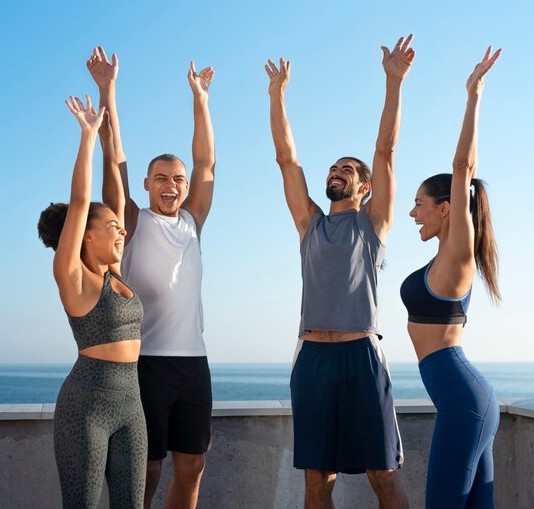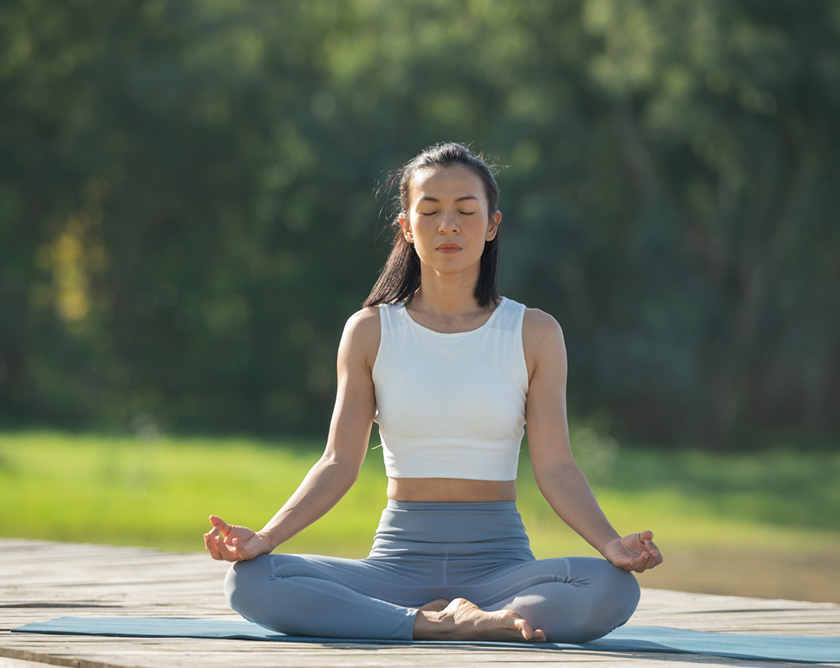Physical Fitness in Recovery
Reclaim Strength, Energy, and Trust Through Movement
“Your body isn’t something to fix. It’s something to reclaim with love, not punishment.”
Recovery is more than just stopping a behavior. It’s about rebuilding your relationship with yourself—mind, heart, and body. And movement can play a big role in that process.
At TruPaths, we believe physical fitness is not about appearance or discipline. It’s about healing through movement—regaining strength, energy, and confidence after trauma, addiction, or emotional burnout.
Whether you’re rediscovering your body after years of neglect or using exercise to help manage cravings, this page is here to help you understand how physical fitness can support recovery—and how to find programs that do it safely and compassionately.





But recovery-informed fitness means listening to your body, not punishing it.